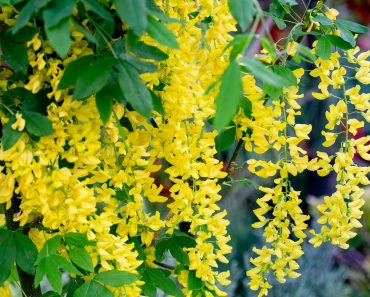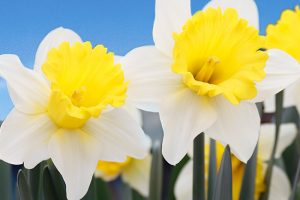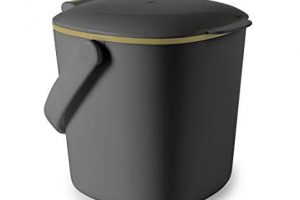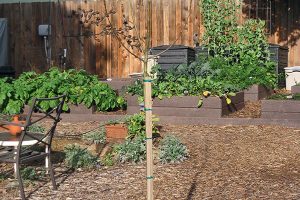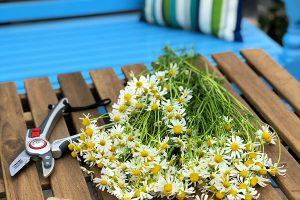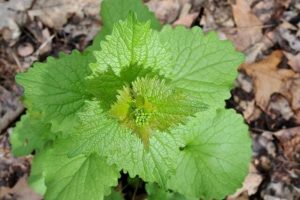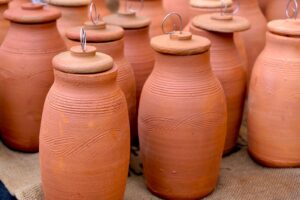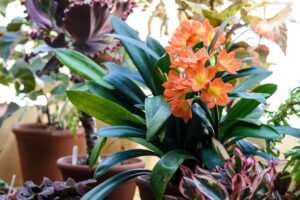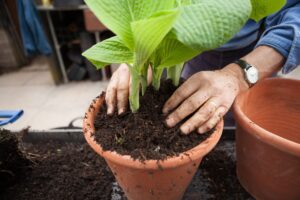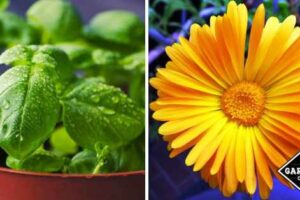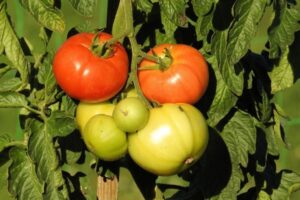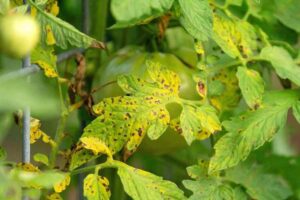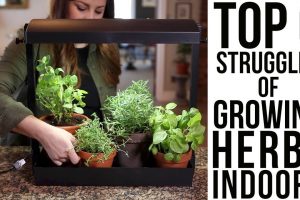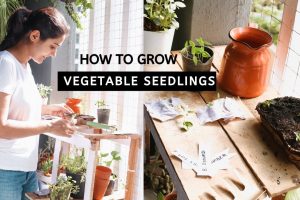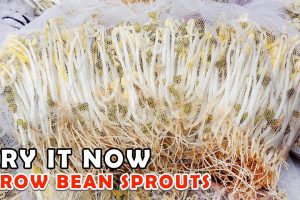Gazanias, also known as treasure flowers for their jewel bright blooms, are fantastic for bringing colour to patios and sunny borders. They’re grown either as annuals or as spreading, evergreen perennial plants. The daisy-type flowers need sunshine and if they don’t get enough of it, they will close up. The blooms come in shades of rose, red, pink, bronze, gold and orange and are set off by the cool green foliage.
Where to grow gazanias

Native to South Africa, gazanias need a hot, sunny position in the garden. Soil should be moderately fertile and well-drained. Gazanias do well in coastal and gravel gardens and suit containers and hanging baskets.
When to plant gazanias
Annual gazanias can be sown from seed in late winter to early spring under cover. The best time to plant out gazanias is in early summer, when the danger of frost is over as gazanias are not frost hardy.
How to plant gazanias

Sow in pots or trays of seed compost. Sow on the surface of the compost and then lightly cover with either compost or vermiculite. Gazania benefit from heat to germinate, so either place in a heated propagator or in a clear plastic bag on a warm windowsill. When your gazania seedlings are big enough to handle, transplant into small pots and grow on indoors until the danger of frost is over. In late May or June, harden off plants for a week or so, moving plants outdoors during the day and bringing them undercover at night.
When planting gazanias outdoors, choose a sunny spot either in the border or a container full of multipurpose compost. Plant so that the rootball is level with the surrounding soil or compost and firm in. Water well and regularly during any dry periods, especially if gazanias are growing in pots or hanging baskets.
How to care for gazanias

Deadhead gazanias regularly to ensure a continuous supply of flowers right through the summer.
Water well after planting and check containers regularly during dry periods. Plants will need watering during dry periods but let the compost dry out between waterings to avoid root rot.
Feed container grown gazanias fortnightly with potash-rich fertiliser.
Pot-grown perennial gazanias can be overwintered indoors. Cut back plants by two thirds before bringing under cover.
How to propagate gazanias
Take basal cuttings of gazanias from late summer to autumn to create more plants. Basal cuttings are taken from the bottom of new shoots.
Take a cutting that is 10-12cm long, cutting as close to the base of the shoot is possible. Cut off any leaves that are near the base and pinch out the top.
Plant cuttings 2.5cm deep in a small pot of compost and cover with a plastic bag until the cutting has rooted.
Overwinter the cuttings undercover and plant out in early summer once the danger of frost is over.
Pests and diseases
Gazanias are generally pest and disease free when grown outdoors. Look out for aphids when brought indoors overwinter. They can also occasionally be susceptible to grey mould. To avoid this, keep the greenhouse well ventilated and cut off any dead or drying stems promptly.
Advice on buying gazanias
- Both annual and perennial varieties of gazania are available. Annuals can be grown from seed or from garden ready plants in the spring. You may get a wider range of perennial
- Always check plants for signs of damage or disease before planting perennial varieties
Where to buy gazanias
Gazania varieties to try

Gazania ‘Big Kiss White Flame’ – the large white and pink-striped petals are almost as big as your hand. Perfect for filling gaps in a sunny summer border, or for growing in a container.
- Buy Gazania ‘Big Kiss White Flame’ from Just Seeds
Gazania ‘Tiger Stripes’ – has bright yellow and orange-striped blooms. It’s perfect for using in a tropical container display with other fiery coloured flowers, as well as in the border to fill gaps. There are also seed mixes available with striped flowers in yellow, pink, bronze and cream.
- Buy Gazania ‘Tiger Stripes Mixed’ from Thompson & Morgan
Gazania ‘Christopher Lloyd’ is a perennial variety with vibrant pink-purple flowers between May and October.
- Buy Gazania ‘Christopher Lloyd’ from Crocus
Frequently asked questions
Why are my gazanias dying?
The most likely cause of death for gazanias is overwatering because they thrive in dry, sunny conditions. Frost or cold weather will also kill these frost-tender plants.
Do gazanias come back every year?
Many gazanias are annuals and complete their life cycle within one year. Perennial gazanias are often treated as annuals because they are not frost hardy. However, some may survive winter outdoors in very mild regions of the UK or they can be brought indoors and overwintered undercover.






